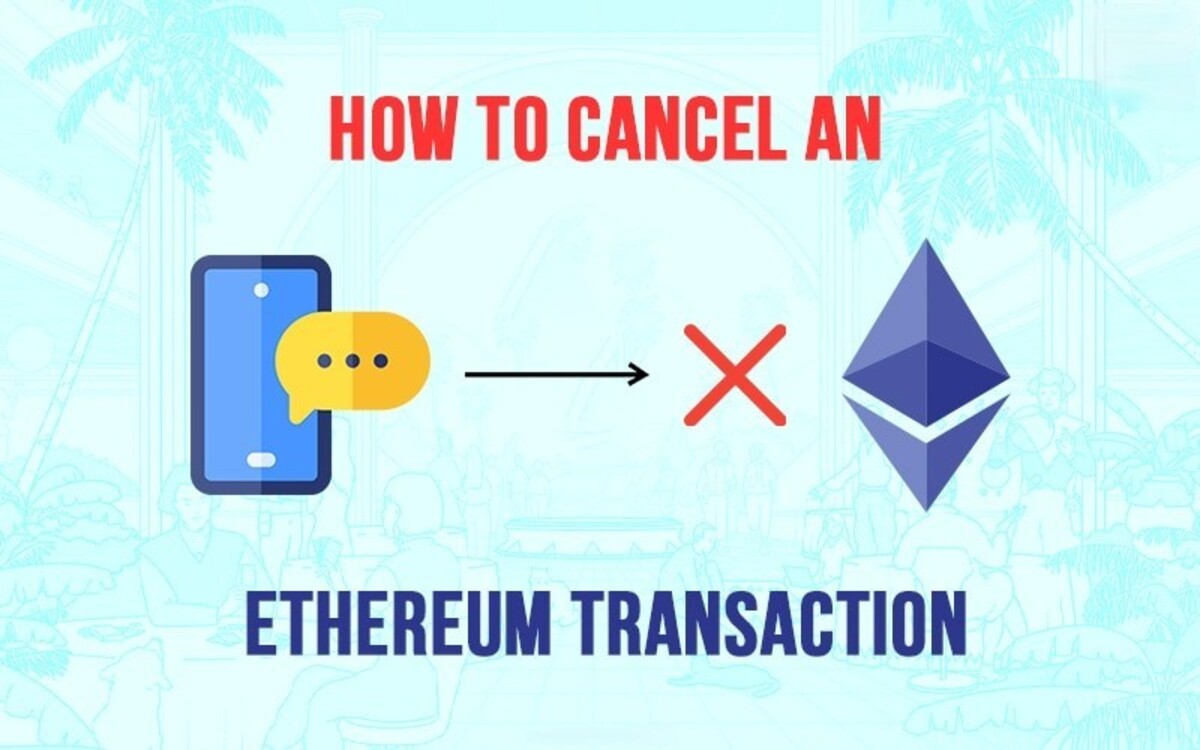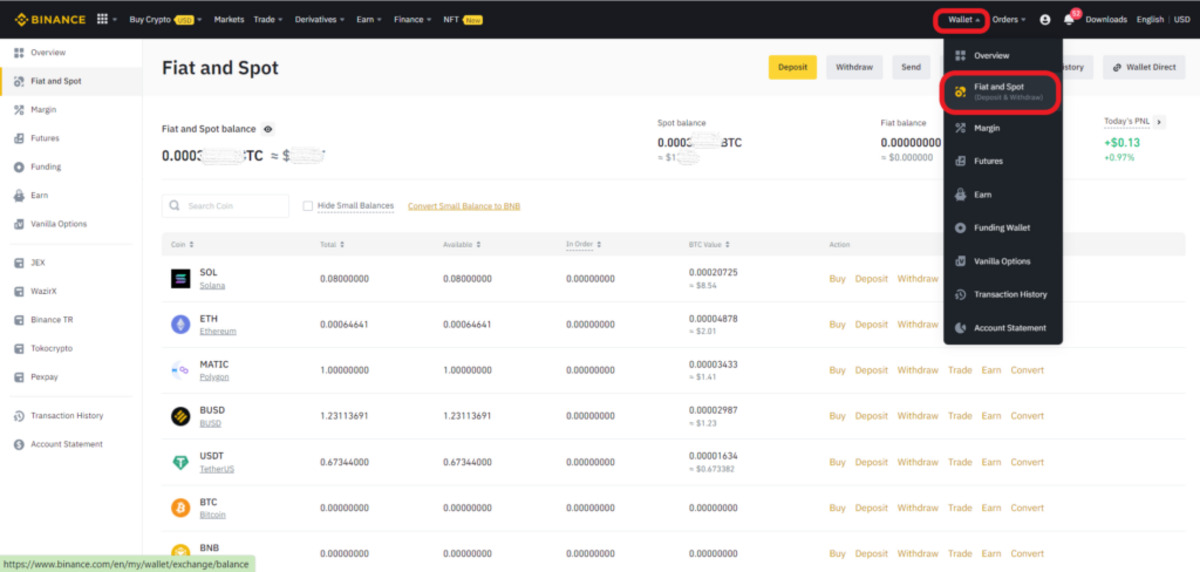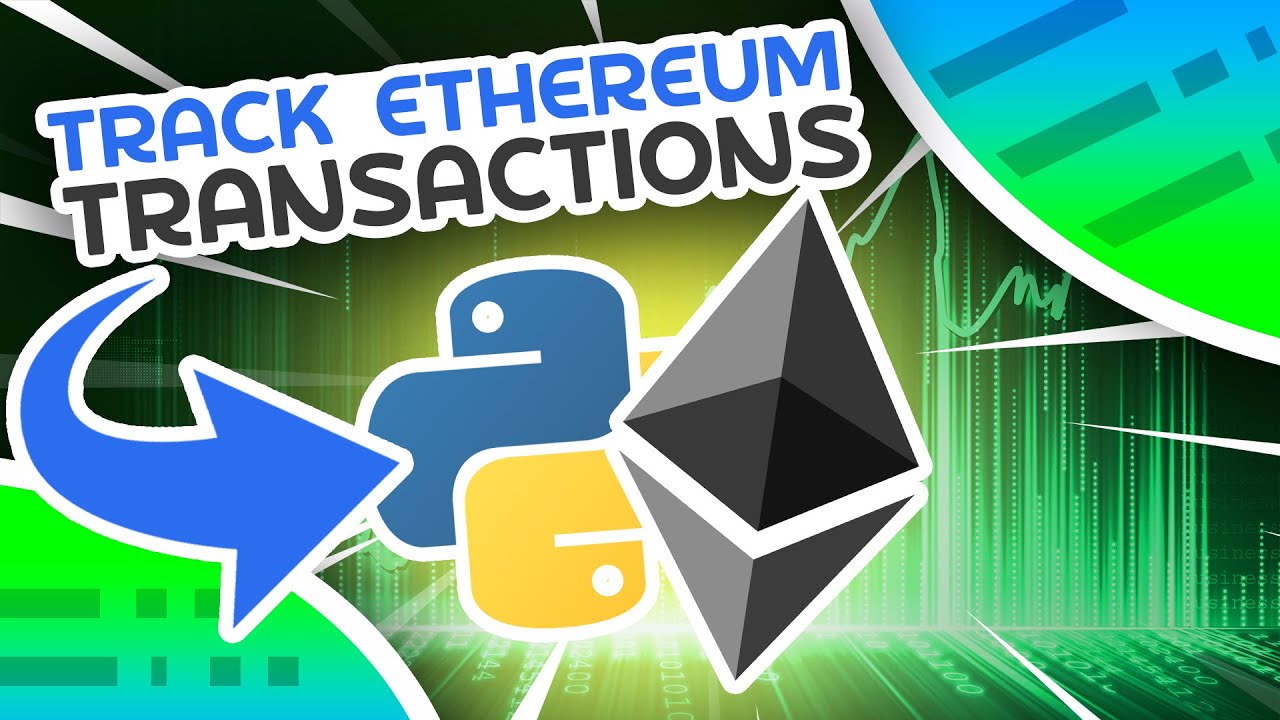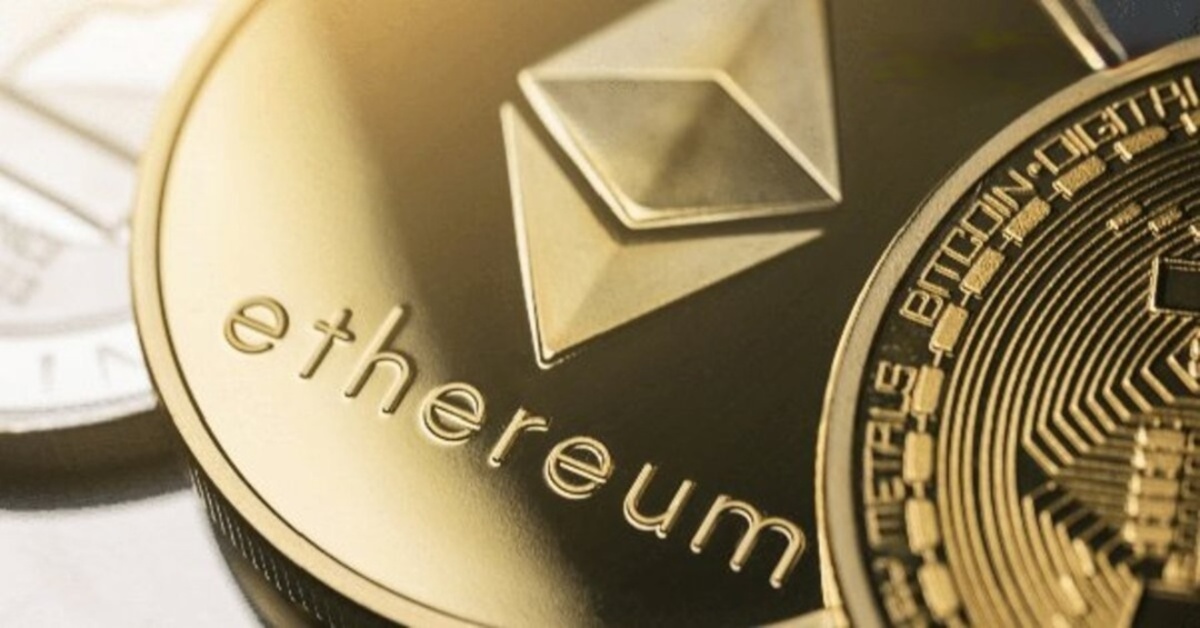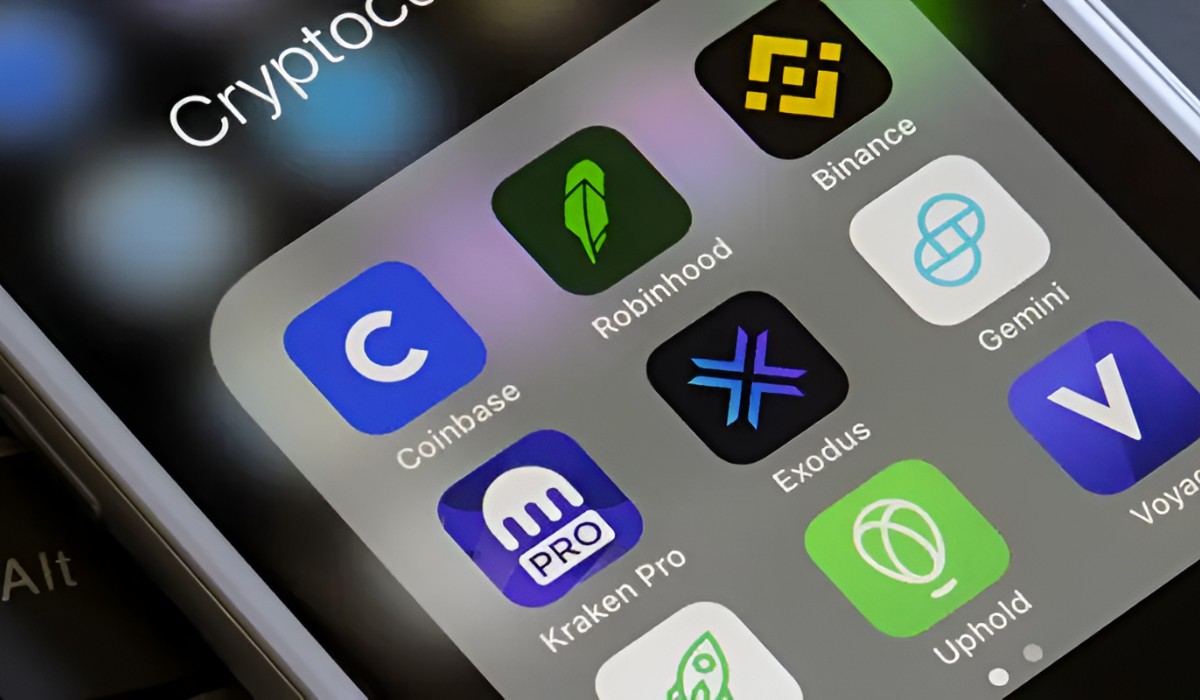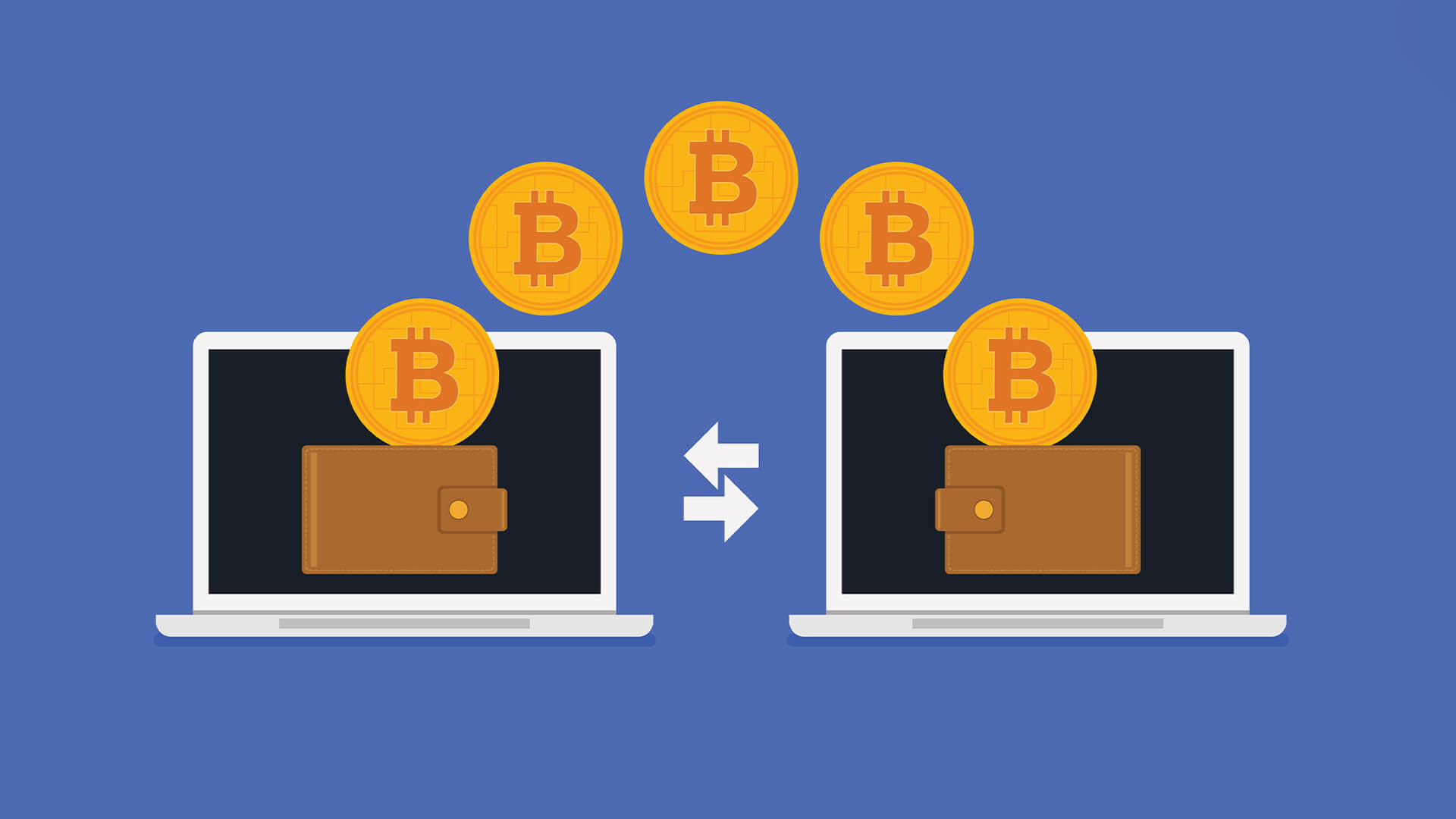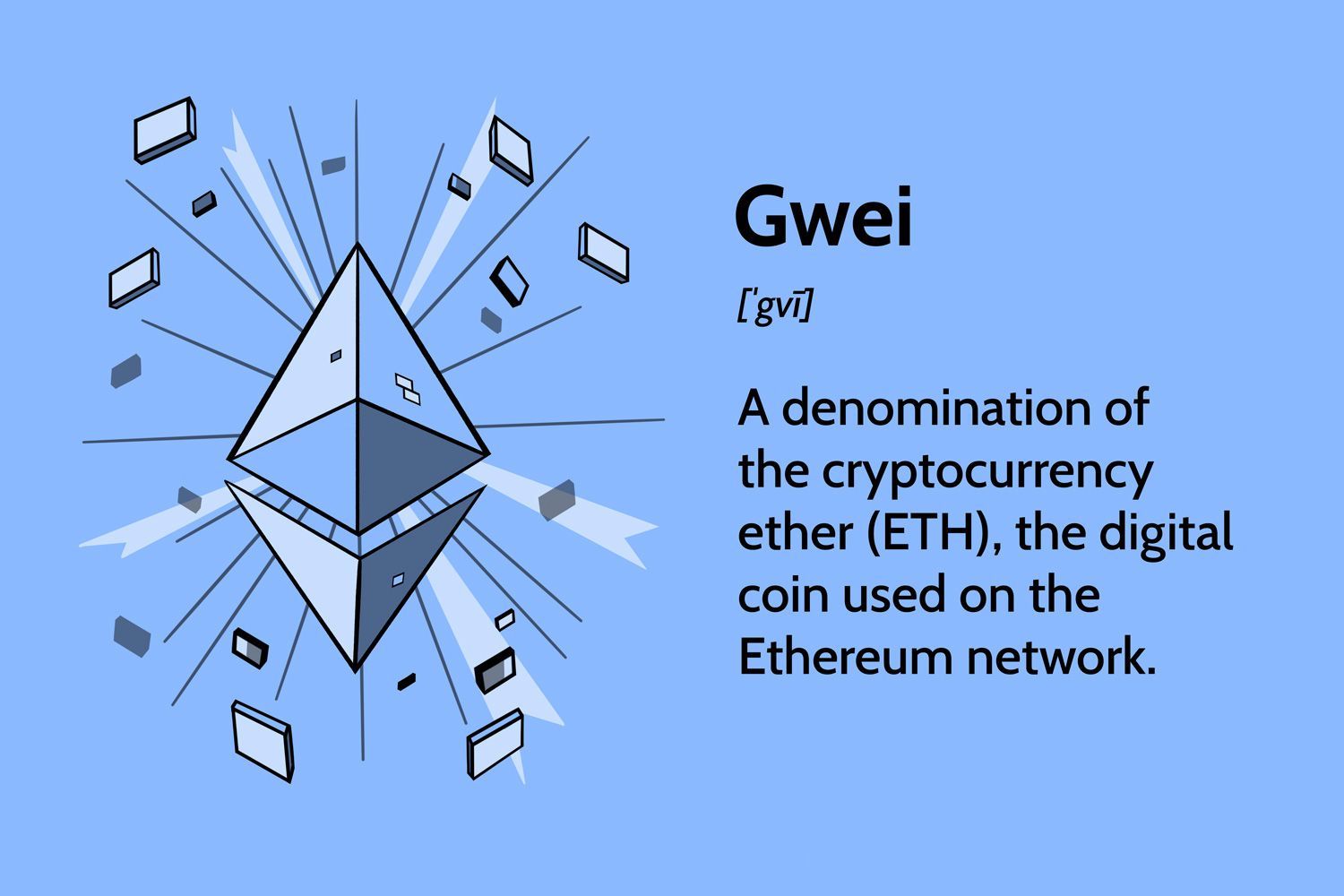What is an Ethereum Transaction?
An Ethereum transaction refers to the process of sending or receiving units of the cryptocurrency Ether (ETH) on the Ethereum network. It is an integral part of the Ethereum blockchain, which is a decentralized and distributed ledger technology.
When you initiate an Ethereum transaction, you are essentially instructing the network to update the ownership records of Ether. This can involve transferring funds from one address to another, executing a smart contract, or interacting with decentralized applications (dApps) built on the Ethereum platform.
Ethereum transactions consist of several key components. Firstly, there is the sender’s address, which identifies the account from which the Ether is being sent. Secondly, there is the recipient’s address, which indicates the destination of the Ether. Lastly, there is the transaction data, which specifies the purpose of the transaction, such as a function call within a smart contract.
Each Ethereum transaction requires a certain amount of gas to be paid. Gas refers to the unit of computational effort required to execute a transaction or run a smart contract. The more complex the transaction or smart contract, the higher the gas limit and fee.
The Ethereum network uses miners to validate and confirm transactions. Miners solve complex mathematical puzzles to add new blocks to the blockchain, and as a reward for their efforts, they receive a portion of the gas fees associated with the transactions. This process ensures the security and integrity of the Ethereum network.
How Does an Ethereum Transaction Work?
Understanding how an Ethereum transaction works is crucial for navigating the world of cryptocurrencies and decentralized applications. Let’s dive into the process:
1. Initiating the transaction: To begin an Ethereum transaction, you need a digital wallet compatible with the Ethereum network. This wallet generates a unique address for you to send and receive Ether.
2. Constructing the transaction: When you want to make a transaction, you specify the recipient’s Ethereum address, the amount of Ether to send, and any additional data if necessary (such as interacting with a smart contract). You also set the gas limit, which is the maximum amount of gas you’re willing to consume for this transaction.
3. Signing the transaction: After constructing the transaction, you need to sign it with your private key. This cryptographic signature verifies that you are the owner of the sending address and ensures the integrity of the transaction.
4. Broadcasting the transaction: Once signed, the transaction is ready to be sent to the Ethereum network. You broadcast it to a node, which validates and propagates the transaction throughout the network.
5. Validation and inclusion in a block: Miners on the Ethereum network pick up pending transactions and validate them. They verify that the transaction is signed correctly, the sender has sufficient funds, and the gas limit is not exceeded. If everything checks out, they include the transaction in a block.
6. Confirmation and block confirmation: As more blocks are added to the blockchain, the transaction becomes more secure. Block confirmation refers to the number of blocks that have been added after your transaction’s block. With each subsequent block, the likelihood of a transaction being reversed decreases significantly.
7. Completion: Once the transaction is included in a block, it is considered complete. The recipient’s balance will reflect the transfer of Ether, and any associated smart contract functions or dApp actions will be executed.
It’s important to note that the time it takes for a transaction to be completed can vary depending on the network congestion and the gas price you set. Higher gas prices incentivize miners to prioritize your transaction, resulting in faster confirmation times.
Factors that Influence the Duration of Ethereum Transactions
The duration of an Ethereum transaction can vary significantly based on several factors. Understanding these factors can help manage your expectations and optimize transaction times. Here are the key factors that influence the duration of Ethereum transactions:
1. Gas Price: The gas price you set is one of the major factors that affect transaction duration. When the network is congested, setting a higher gas price incentivizes miners to prioritize your transaction, resulting in quicker confirmation.
2. Network Congestion: The overall network congestion at the time of your transaction can impact its duration. During periods of high activity, such as a popular ICO or a surge in decentralized application usage, transactions may take longer to be confirmed.
3. Gas Limit: The gas limit you set determines the maximum amount of gas that can be consumed by a transaction. If you set a low gas limit, it may result in out-of-gas errors, causing the transaction to fail or become stuck.
4. Blockchain Load: The current state of the Ethereum blockchain and the size of the transaction backlog can also impact transaction duration. If the network is experiencing heavy traffic, it may take longer for miners to process transactions.
5. Miner Priority: Miners have the discretion to prioritize certain transactions over others. Transactions with higher gas prices or fees are more likely to be included in blocks quickly, whereas transactions with lower fees may experience delays.
6. Smart Contract Complexity: If you are interacting with a complex smart contract, it may take more time for the transaction to execute. Smart contracts that involve complex computations or interactions with other contracts can result in longer transaction durations.
7. Software and Network Bottlenecks: Issues with your chosen wallet software, network connectivity, or Ethereum client can also impact transaction durations. Ensuring you’re using the latest software versions and maintaining a stable network connection can help mitigate potential bottlenecks.
It’s essential to consider these factors while planning your Ethereum transactions. By adjusting the gas price, monitoring network congestion, and understanding the complexities involved, you can navigate the Ethereum network more effectively and minimize transaction delays.
What Does It Mean When an Ethereum Transaction is Pending?
When an Ethereum transaction is pending, it means that the transaction has been broadcasted to the network but has not yet been confirmed and included in a block on the blockchain. In other words, the transaction is awaiting validation and processing by the network’s miners.
During the pending state, the transaction can be viewed on block explorers and Ethereum wallet interfaces, showing the transaction hash and other relevant details. However, until the transaction is confirmed and included in a block, the transfer of Ether or execution of smart contract functions associated with the transaction is not considered final.
Transactions can remain pending for varying lengths of time, depending on several factors such as the gas price, network congestion, and miner priority. Miners prioritize transactions with higher gas prices, as they are incentivized by the fees associated with those transactions.
While pending, the transaction is considered to be in a temporary state, and any actions or transfers associated with the transaction will not be finalized. For example, if you’re sending Ether to another address, the recipient will not see the transferred funds reflected in their balance until the transaction is confirmed.
It is important to be patient when you have a pending Ethereum transaction, as the duration can range from a few seconds to several minutes or even longer during periods of high network congestion. Monitoring the transaction on block explorers or wallet interfaces can provide updates on the transaction status and estimated confirmation time.
Once the transaction is confirmed and included in a block, it moves from the pending state to the confirmed state. At this point, the transfer of Ether is considered final, and any associated smart contract functions are executed. Confirmation provides assurance that the transaction is now a permanent part of the Ethereum blockchain and is no longer susceptible to reversal.
If a transaction remains pending for an extended period without confirmation, there may be issues with the transaction itself or the network. In such cases, additional steps may need to be taken to cancel or speed up the transaction, which will be discussed in a later section.
How Long Can an Ethereum Transaction Be Pending?
The duration for which an Ethereum transaction can remain pending varies depending on several factors. While some transactions may be confirmed within seconds, others can remain pending for several minutes or even longer in certain situations. Understanding the factors that contribute to the duration of a pending transaction can help manage expectations. Here are some key considerations:
1. Gas Price: The gas price you set when initiating the transaction plays a significant role in determining its confirmation speed. Higher gas prices incentivize miners to prioritize your transaction, potentially resulting in a faster confirmation. However, if the gas price is set too low, the transaction may experience delays.
2. Network Congestion: The overall congestion on the Ethereum network can impact transaction confirmation times. During periods of high activity, such as initial coin offerings (ICOs) or significant market fluctuations, there may be a substantial increase in transaction volume, causing congestion and longer waiting times for confirmations.
3. Miner Priority: Miners have the discretion to prioritize transactions based on the gas price or fees associated with them. Transactions with higher gas prices are more likely to be included in blocks quickly, while those with lower fees may experience delays as miners opt for more lucrative transactions.
4. Gas Limit: The gas limit set for a transaction determines the maximum amount of gas that can be used. If the gas limit is set too low, the transaction might fail or become stuck, resulting in a pending status until it is canceled or the situation is resolved.
5. Technical Issues: Occasionally, technical issues may arise within Ethereum wallets, network infrastructure, or even the network itself. These issues can lead to delays in transaction processing and contribute to pending transaction durations.
While there is no specific time limit for how long an Ethereum transaction can remain pending, it is advisable to monitor the transaction’s progress using block explorers or wallet interfaces. These tools offer insights into the transaction’s status, including the number of confirmations it has received and its estimated confirmation time.
If a transaction remains pending for an unusual duration or becomes stuck, it may be necessary to take additional steps to either cancel or accelerate the transaction. These methods will be discussed in detail in a later section.
In summary, the duration of a pending Ethereum transaction can vary significantly, influenced by factors such as gas price, network congestion, miner priority, and technical issues. Monitoring the transaction’s progress and understanding these factors can help manage expectations and determine the appropriate course of action if delays occur.
Why Do Ethereum Transactions Get Stuck in Pending?
While Ethereum transactions are generally processed smoothly, there are instances where they can get stuck in a pending state. Understanding the reasons behind these delays can provide valuable insights into addressing and resolving the issue. Here are some common factors that may cause Ethereum transactions to get stuck in a pending state:
1. Low Gas Price: Setting a low gas price for a transaction can result in delays, as miners prioritize transactions with higher gas prices. If the gas price is too low, miners may not consider the transaction profitable enough to include in a block promptly.
2. Network Congestion: During times of high network activity, such as during ICOs or when popular decentralized applications are being heavily used, the Ethereum network can become congested. Congestion leads to longer confirmation times for transactions and increases the likelihood of transactions getting stuck in a pending state.
3. Not Enough Gas Limit: Transactions have a gas limit, which is the maximum amount of gas they can consume. If the gas limit set for a transaction is insufficient for its execution, the transaction may fail to complete, resulting in a pending status.
4. Nonce Issues: Each Ethereum account has a nonce, which ensures that transactions are executed in the correct sequence. If two or more transactions from the same account have the same nonce, it can cause conflicts and lead to transactions being stuck in a pending state.
5. Smart Contract Errors: Interacting with smart contracts introduces the possibility of encountering errors in their execution. If there is an issue with the contract code, insufficient gas provided, or a failure to meet certain conditions within the contract, the transaction may fail to complete, resulting in a pending status.
6. Insufficient Funds: If a transaction does not have enough funds to cover the desired transfer amount and gas fees, it may fail to complete and become stuck in a pending state.
7. Technical Issues: Occasionally, technical issues within wallets, network infrastructure, or even the Ethereum network itself can disrupt transaction processing and cause transactions to remain pending for extended periods.
If your Ethereum transaction gets stuck in a pending state, it is important to assess the potential cause of the issue. Checking the gas price, monitoring network congestion, and ensuring sufficient gas limit can help address common problems. In cases where the transaction remains stuck despite these measures, specific actions, such as canceling or accelerating the transaction, may be necessary, which will be explored further in a later section.
By understanding the reasons why Ethereum transactions can get stuck in a pending state, you can be better prepared to troubleshoot and resolve such issues effectively.
Tips for Dealing with Pending Ethereum Transactions
Dealing with pending Ethereum transactions can be frustrating, but there are several tips and strategies you can employ to address and manage the situation. Here are some helpful tips to navigate the process:
1. Monitor the transaction: Keep an eye on the status of your pending transaction using block explorers or wallet interfaces. This will provide updates on the number of confirmations and an estimated confirmation time.
2. Check the gas price: If your transaction is taking longer than expected, consider increasing the gas price. Setting a higher gas price can incentivize miners to prioritize your transaction, potentially reducing the time it spends in the pending state.
3. Be patient: Ethereum network congestion and high transaction volumes can lead to delays. While it can be frustrating, patience is key when dealing with pending transactions, as confirmation times can vary depending on various factors.
4. Gas limit adjustment: Ensure that the gas limit set for your transaction is appropriate. Setting a gas limit that is too low might result in transaction failures or the transaction getting stuck. Increasing the gas limit can help complete the transaction more efficiently.
5. Nonce management: Make sure that transactions from the same account have distinct nonces. Having duplicate nonces can cause conflicts and lead to pending transactions. You can adjust the nonce value for subsequent transactions to ensure they are processed in the correct order.
6. Consider canceling and resubmitting: If your transaction remains pending for an exceptionally long time, you can choose to cancel it and resend the transaction with higher gas fees. This method can help bypass the congestion and increase the chances of more rapid confirmation.
7. Utilize transaction acceleration services: Some Ethereum wallets or third-party services offer transaction acceleration features. These services can help speed up the confirmation process by prioritizing your pending transaction for inclusion in the next block.
8. Stay up to date: Stay informed about any network upgrades, gas optimizations, or changes that Ethereum developers and the community introduce. Keeping up with the latest updates can provide valuable insights into improving transaction efficiency.
Remember that the Ethereum network is dynamic, and transaction speeds can fluctuate based on network activity and gas prices. By employing these tips, you can optimize your experience when dealing with pending Ethereum transactions and increase the likelihood of successfully completing your transactions in a timely manner.
When Should You Be Concerned About a Pending Ethereum Transaction?
While it is common for Ethereum transactions to experience a pending state for some time, there are certain situations where you should be more concerned about the status of your transaction. Here are some scenarios that warrant closer attention:
1. Excessive delay: If your transaction has been pending for an unusually long period, it may indicate an issue. Ethereum transactions typically confirm within seconds or minutes, so if your transaction remains pending for an extended time, it’s advisable to investigate further.
2. Significant network congestion: High levels of network congestion can prolong confirmation times for transactions. If the Ethereum network is experiencing widespread congestion due to ICOs, increased transaction volume, or network congestion events, it is normal for confirmations to take longer.
3. Inadequate gas price: Setting a low gas price for your transaction may result in miners prioritizing other transactions with higher gas prices. If you set an unreasonably low gas price, your transaction may linger in the pending state for an extended period, and there is a chance it will not be confirmed at all.
4. Out-of-gas error: If your transaction encounters an out-of-gas error, it means that the gas limit you set was too low to cover the computational operations required for execution. In such cases, the transaction will fail, and you should be concerned about resolving the issue.
5. Smart contract failures: If your transaction involves interacting with a smart contract and it results in a failure or reverts, it is cause for concern. Smart contract failures may indicate issues with the contract code, insufficient gas provided, or other related factors that require attention.
In these situations, it is recommended to undertake further action to address the pending transaction. This can involve canceling and resubmitting the transaction with higher gas fees, consulting with technical support teams, or seeking guidance from the Ethereum community or relevant forums.
Remember that occasional delays can occur due to network conditions or congestion. However, if your transaction falls into one of the above categories and remains pending for an extended period, it is advisable to investigate and take appropriate steps to resolve the issue.
How to Cancel or Speed Up a Pending Ethereum Transaction
If you have a pending Ethereum transaction that is taking longer than expected or encountering issues, you may consider canceling or speeding up the transaction. Here are the steps to follow for each option:
Cancelling a Pending Ethereum Transaction:
1. Locate your transaction details: Find the transaction hash or identification number of your pending transaction. You can typically find this information in your wallet or on blockchain explorers.
2. Check the transaction status: Verify that the transaction is still pending and has not already been confirmed. Confirmations indicate that the transaction is irreversible.
3. Access the correct wallet interface: Open the wallet interface you used to initiate the pending transaction and look for a “Cancel” or “Cancel Transaction” option.
4. Follow the cancellation process: Follow the instructions provided by your wallet interface to cancel the transaction. The cancellation process may require you to sign the cancellation transaction using your private key.
5. Confirm the cancellation: After initiating the cancellation, monitor the transaction status to ensure that it is successfully canceled. The pending transaction should disappear from pending transaction lists.
Speeding Up a Pending Ethereum Transaction:
1. Check the gas price: Determine the current gas price by checking reliable sources or platforms that provide accurate and real-time gas price information.
2. Calculate a higher gas price: Increase the gas price of your pending transaction by calculating a higher value that is attractive to miners. Ensure that the increase is sufficient to incentivize miners to prioritize your transaction.
3. Open your wallet interface: Access the wallet interface that you used to initiate the pending transaction and navigate to the transaction details.
4. Locate the transaction: Find your pending transaction and look for an option to “Speed Up,” “Accelerate,” or “Retry” the transaction. This feature may not be available in all wallet interfaces.
5. Adjust the gas price: Follow the wallet interface instructions to increase the gas price of your transaction. Ensure that the new gas price is higher than the original, reflecting the desired speed and priority.
6. Confirm and resend: After adjusting the gas price, confirm the transaction and resend it. Monitor the transaction’s status to confirm whether it is successfully confirmed and included in a block.
Remember, canceling or speeding up a pending Ethereum transaction is not always guaranteed or available in all situations. Additionally, there may be costs associated with canceling or speeding up a transaction, such as increased gas fees. Thus, it is important to assess the urgency and potential benefits before proceeding with these actions.
Final Thoughts
Understanding Ethereum transactions and how to manage their pending status is essential for navigating the world of cryptocurrencies and decentralized applications. While pending transactions can sometimes be a source of frustration, there are steps you can take to optimize your experience and mitigate potential delays.
By considering factors such as gas price, network congestion, and miner priority, you can adjust your transaction parameters to increase the likelihood of faster confirmation. Monitoring the transaction through block explorers or wallet interfaces provides valuable insights into its status and estimated confirmation time.
When faced with a pending transaction, it is important to remain patient and be mindful of the potential causes of delays, such as low gas prices, network congestion, or smart contract errors. Taking appropriate actions, like canceling or speeding up a transaction, can help alleviate concerns and address any issues that may arise.
Additionally, staying informed about network updates, gas optimizations, and other developments within the Ethereum ecosystem can further enhance your understanding of transaction processing and enable you to adapt to changes effectively.
Remember that Ethereum transactions are subject to the dynamic nature of the network, and transaction times can fluctuate based on network conditions and other factors. Patience, careful planning, and taking proactive measures when necessary will help you navigate the Ethereum transaction landscape more efficiently.
With these insights and strategies, you are better equipped to manage pending Ethereum transactions, tackle challenges that may emerge, and engage in the vibrant world of decentralized finance and smart contract applications with confidence.









